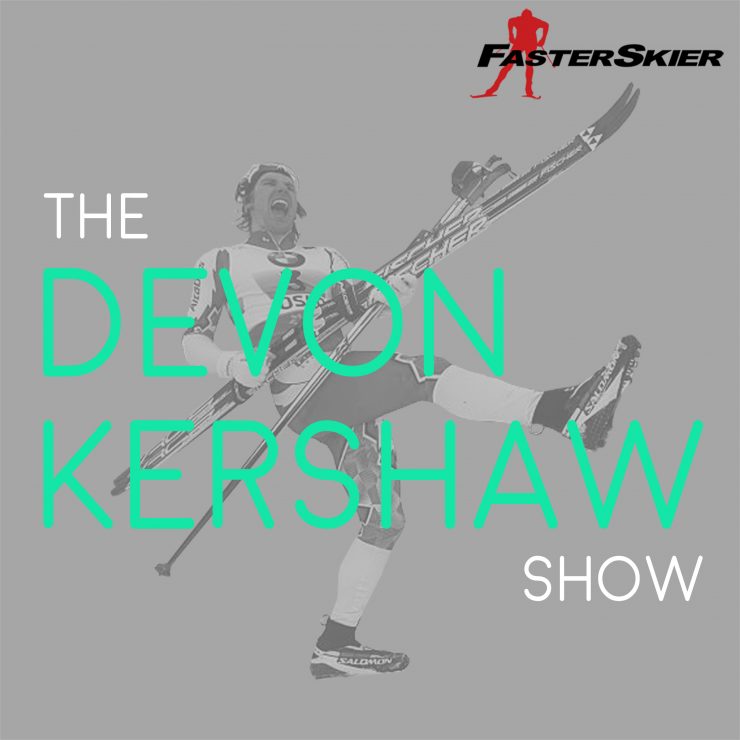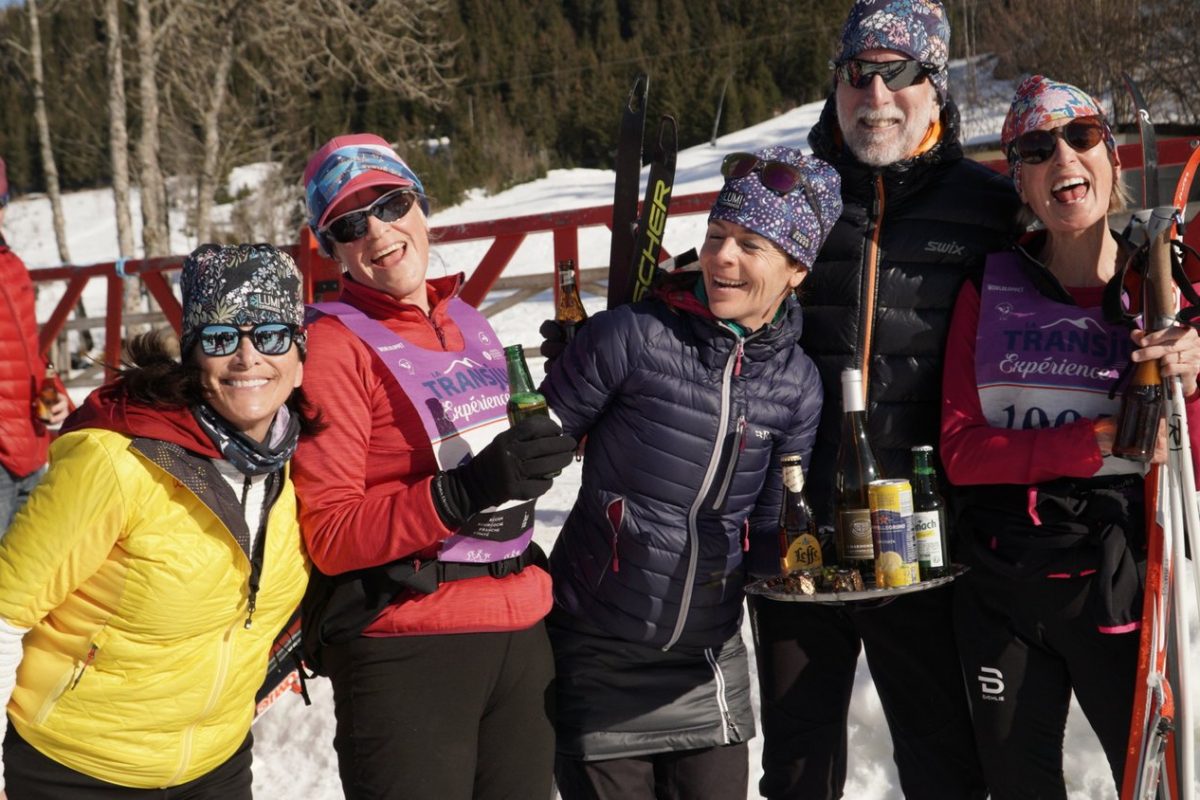Sadie Bjornsen, of the Alaska Pacific University Nordic Ski Club (APU), was pleasantly surprised with her progress from the opening SuperTour races in West Yellowstone, to the mini-tour in Rossland, British Columbia, where she was second overall.
“The race season so far was good. It was a building couple of weeks before really starting to focus for the last race weekend in Rossland,” she told FasterSkier in an interview. “I went into the West Yellowstone races with a lot of heavy training in my legs, and then we put in a week of hard training before the Silver Star races too. So those early races were more like training races, building and training up until last weekend in Rossland. The Rossland races were really great races and great confidence-builders for Nationals.”
Creative training and new program
Having just recovered from months of stubborn knee injuries and coming off a fall training program that was more focused on activity than the specific workouts most skiers do leading up to the race season, Bjornsen was insecure about her competition shape when she stepped to the start gate in West Yellowstone.

“I really didn’t expect to be racing that well this early in the season. I really went into it not knowing what to expect,” Bjornsen said, explaining that injuries and program changes threw a lot of variables into the equation.
“I hurt my knee this summer, so I classic skied and swam for three months. I couldn’t run or skate ski. So I’ve had to be really creative with training over the fall,” she said.
But a small incident of unrelated happiness allowed Bjornsen to be more aggressive with her training plan starting mid-fall.
“In the beginning of October, I discovered that I could skip. I was really excited and just started skipping down the sidewalk and realized it didn’t hurt my knee. I started skating in October, and all through the time I couldn’t skate, I talked a lot about skating with my coach. I was able to create a mental picture of what I wanted it to be. It was almost like starting over, and I think it has been good for me,” she said.
The other big shift for Bjornsen was changing her coaching and training program. In late May, she switched from the Methow Olympic Development Project (MOD) in Mazama, Washington, to APU in Anchorage.
“That was a big switch. It was pretty much a 180 degree difference in mindset of training. APU does a lot more basic training and has completely different training theories. I was a bit worried in the beginning, but then I decided to just jump into it full on. It’s hard to be successful if you don’t believe in the program. You need to have confidence in the program. Erik (Flora) is super approachable, and I had him explain to me why we do things a specific way right away,” Bjornsen said, mentioning that while she was at the University of Alaska Anchorage, she listened to only half of the things coach Trond Flagstad said. And had only half of the results.
Race ready and aiming for the podium
With the confidence from the early season races, and firm trust in the training plan, Bjornsen heads in to US Nationals in Rumford, Maine, the first week of January feeling ready and prepared.
“Yes, I feel on track. We have a different peaking plan with APU. But mentally I feel really on track, and the mental aspect of racing has been a huge part of my racing and results in the past,” Bjornsen said.
“I hope to be consistent with how I have been racing in the last few weeks. But I haven’t raced any of the eastern college kids yet, like Ida Sargent, so I don’t know. But I think it will be possible for me to be on the podium in any of the races I do.”
Bjornsen is planning to race both of the sprints and the 10K skate race, but will skip the 20K. She thinks the biggest challenges will be the snow conditions, but she doesn’t expect to encounter anything she hasn’t seen before.
“I’ve skied in Europe a lot and they have much of the same kind of snow as they do in the East, and I’ve skied a lot of different snows. But it’s just hard if it’s raining and icy. But our wax techs are amazing, so I don’t think it will be an issue,” Bjornsen said.
Aiming for U23s
In terms of the overall season, U23 World Championships are on the top of Bjornsen’s list. Anything else will fill in around that.
“I really want to medal at the U23s. There is a classic sprint there and that’s something I’ve really gotten into now. I don’t really know what else. I’ll know more after senior nationals when I know what races I will be doing,” Bjornsen said.
While one of Bjornsen’s main competitors, Ida Sargent, had a chance to race with the US Ski Team in some of the early season FIS events in Europe, she doesn’t think she missed out by not going to Europe.
“It’s always a benefit when you can go race with the US Ski Team. But on the other hand, I’ve always been one who races into the season. I need the first races to be kind of training races, and I like having my biggest races in the middle of the season. So I’m not sure if what Ida Sargent did would have been the right thing for me,” Bjornsen explained.
So the recipe for Bjornsen is to stick to her goals, and stick to the plan. Then everything else should follow.
“I need to rest well, train right and stay healthy. It’s pretty straight forward. We go into every day with a detailed schedule, so it’s hard to get too far off,” Bjornsen said, concluding that so far that has worked just fine.
Inge Scheve
Inge is FasterSkier's international reporter, born and bred in Norway. A cross-country ski racer and mountain runner, she also dabbles on two wheels in the offseason. If it's steep and long, she loves it. Follow her on Twitter: @IngeScheve.



